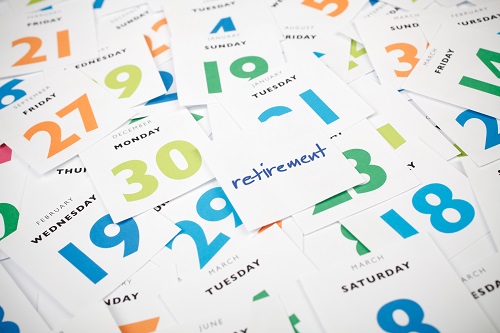End of Financial Year 2025: Key Superannuation and Tax-Time Considerations
As the End of Financial Year 2025 (EOFY) draws closer, now is the ideal time to review your financial positions, organise your records, and take advantage of any final opportunities to optimise your tax and super strategies.
Whether you’re an individual aiming to maximise deductions or a business owner preparing your accounts, proactive planning can help you enter the new financial year with greater confidence and control.
EOFY doesn’t need to be stressful. With good preparation, awareness of key deadlines, and a clear understanding of your options, you can make the most of this period and set yourself up for a stronger year ahead.
Every financial situation is unique, so it’s always wise to seek professional advice to ensure you’re meeting your obligations and making informed decisions.










